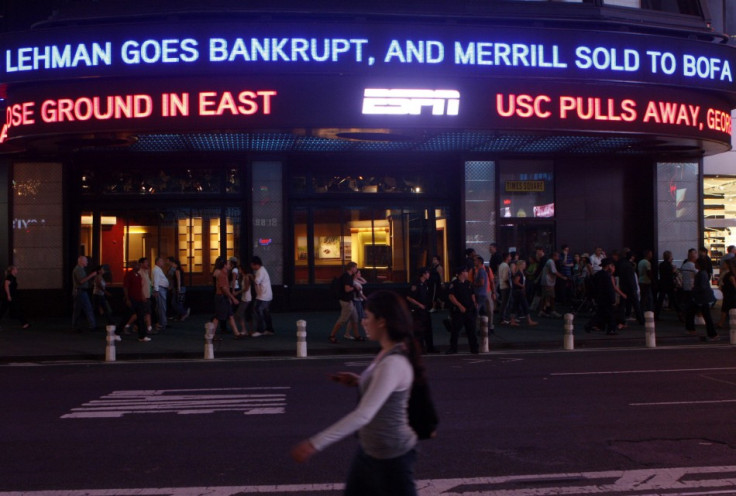Bank of International Settlements Forges ‘Simple Plan’ to Avoid Bank Bailouts in Market Crash

The Bank for International Settlements has crafted a plan to inject major lenders with more cash, in the event of financial failure, while avoiding market chaos and the need to use taxpayers' money.
According to BIS' paper, the central bank forum laid out blueprints on how to recapitalise banks quickly and easily, while also allowing authorities to give an ironclad guarantee that insured depositors would not lose savings.
"It proposes a simple recapitalisation mechanism that is consistent with the rights of creditors and enables recapitalisation of a too big to fail (TBTF) bank over a weekend without the use of taxpayers' money," said the paper.
"On Monday morning, the authorities reopen the bank and can provide it with any necessary and appropriate liquidity assistance because it is now well-capitalised."
Regulators and politicians have worked frantically with each other over the last five years to put new laws, systems and supervisory controls in place in order to avoid chaotic ad hoc rescues seen since 2008's financial crash.
In September 2008, systemically important investment bank Lehman Brothers filed for bankruptcy, which caused widespread market crashes.
Meanwhile, most major banks across the world had to rely on governments to bail them out by using taxpayers' money.
According to BIS' proposed blueprints, one of the key ways to install systemic confidence, should a bank need to more cash, is by undergoing a forced recapitalisation by its creditors, when it reaches the point of failure.
After that, a temporary holding company would be created over a weekend, to take over the ownership of a bank, and then immediately start recapitalising by writing off the claims of creditors.
Under BIS' proposed plans, the bank's management and board members could be replaced between the recapitalisation and sale of the lender, if required.
""The template is simple, fully respects the existing creditor hierarchy and can be applied to any failing entity within a banking group. The mechanism partially writes off creditors to recapitalise the bank over a weekend, providing them with immediate certainty on their maximum loss," said BIS.
"[The paper shows that] the bank is subsequently sold in a manner that enables the market to determine the ultimate losses to creditors.
"As such, the mechanism can eliminate moral hazard throughout a banking group in a cost-efficient way that also limits the risk to financial stability. The creditor-funded mechanism is contrasted with other recapitalisation approaches, including bail-in and "single point of entry" strategies."
© Copyright IBTimes 2025. All rights reserved.






















